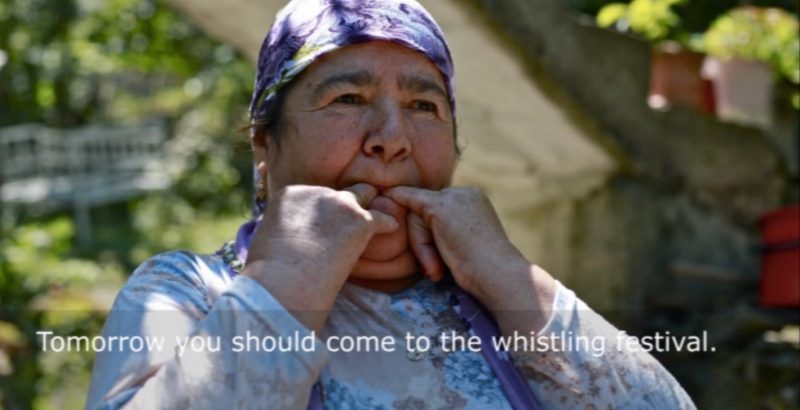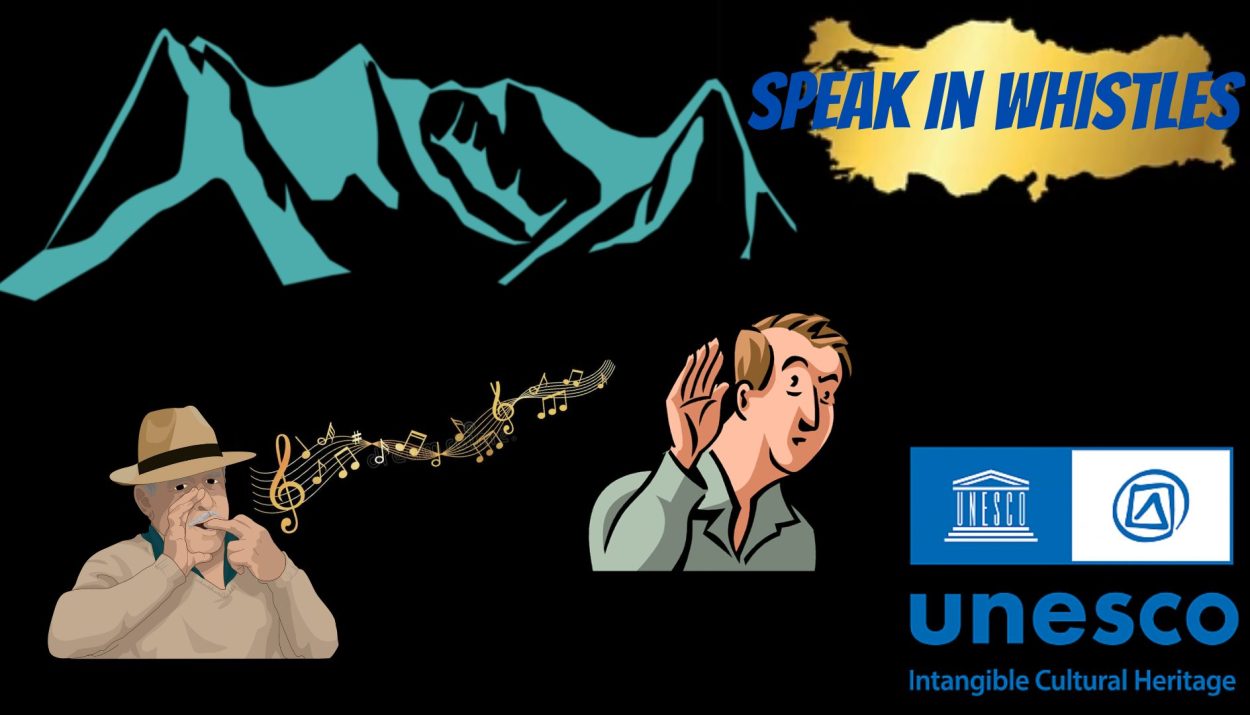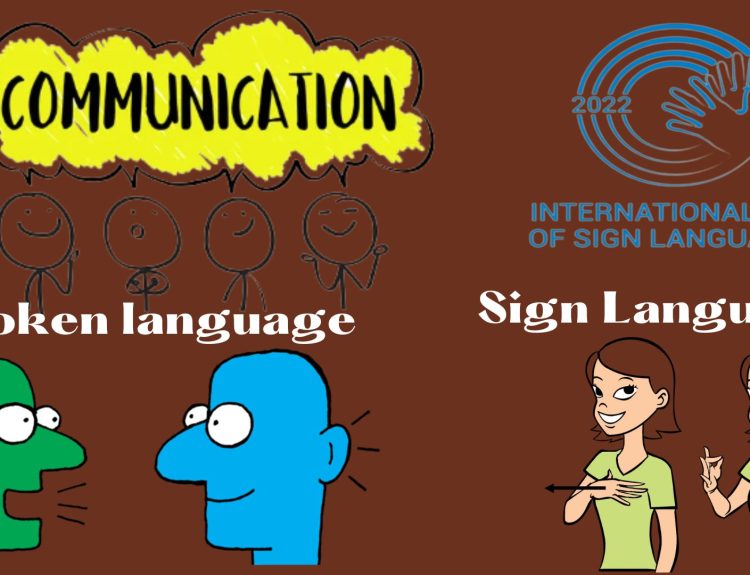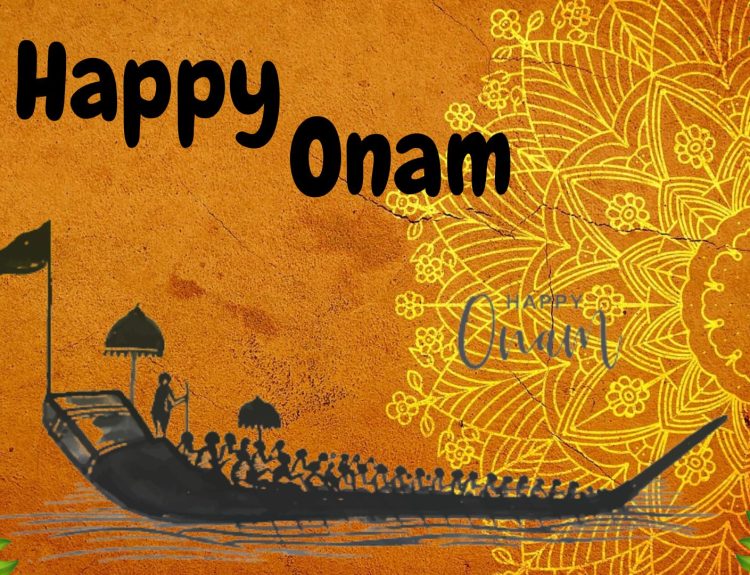The Whistle language is the use of whistling to produce speech in a language that enables the speaker to communicate effectively like any other common language. The use of whistle as a language is rare in the age of the telephone. It is used for far greater distances with less stress on the vocal cords.
Whistles travel farther than speech because their sound waves are different. A whistle is louder than a shout because it has a greater amplitude or volume. They overcome obstacles easily. They also stand out more against the sound of rivers, the wind and the sound of animals. Hence it is used along the hillsides. Farmers and hunters chat far and wide by whistling.
Read- Language, Brain and Culture Interaction
Whistle languages around the world
Various whistling languages are found around the world, mainly in areas where hills or dense forests are found. Some of such places are La Gomera- an island in Spain, the Greek island village of Antia, the Kuskoy village of Turkey, the mountains of Oaxaca- Mexico etc.
The whistle language of the island of La Gomera (Canary Islands), Silbo Gomera, Spain has been inscribed on UNESCO’s Representative List of the Intangible Cultural Heritage of Humanity in 2009.
The Turkish bird language has been inscribed on UNESCO’s List of Intangible Cultural Heritage in Need of Urgent Protection in 2017.
Here our focus will be on The Turkish Bird Language.
The Turkish bird language
In Northern Turkey, there is a small mountain village named Kuskoy. This is a remote area. Here the Turkish people develop a unique method of communication that makes their whistle over long distances of up to 3 km. This form of speaking has been around for hundreds and hundreds of years. This helps in facilitating animal herding in the area.

Does whistling a lot or using whistling as a language hurt their tongue a lot? The answer is no because they have been using it as their main system of communication for a long time. They have a wide variety of pitches, frequencies and melodic lines.
In Kuskoy village, there is no need for cell phones as such things need to be charged because they have batteries to work. But with whistling language, there is no need for any kind of charge as long as you have your own voice you can communicate with anyone around you. This allows for complex conversations over long distances without using words.
Origin of the Turkish Bird language
History dates back about 500 years. The first people to settle in the area created this unique style of communication so that they could quickly communicate with others on the hills while working. It is a mountainous area so to communicate one has to shout louder with common words but it is easier to communicate with a whistle as it covers a far distance.
The Turkish Bird language is complex. The residents here are able to translate every word into Turkish language and other languages as well. They can communicate over long distances so efficiently without the need for a cell phone.
The tradition is still alive. Their younger generation is also learning this language.
Current scenario of the Turkish Bird Language
The people here are living like this. According to the research done, about 600-700 people live in the village. 100% of the population understands the whistling language but only 80% can speak it.
They are worried because the language is slowing down. It will disappear in the near future due to technology. They organize special lectures for the new generation to learn its language.
Reference-
Whistled language of the island of La Gomera (Canary Islands), the Silbo Gomero
More Than 80 Cultures Still Speak in Whistles
Browse the Lists of Intangible Cultural Heritage and the Register of good safeguarding practices







